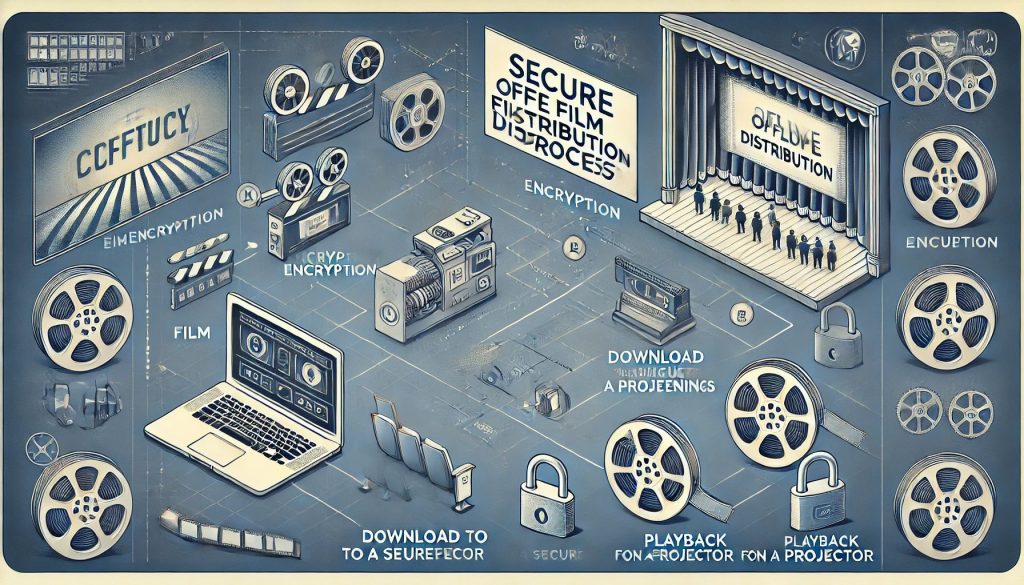How Digital Media is Changing Viewer Behavior: Challenges and Opportunities of Community Screenings

Digital media has transformed how we consume content over the past decade. Streaming platforms like Netflix, Disney+, and Amazon Prime have become dominant players, offering viewers access to thousands of hours of content. However, this dominance has its limits—particularly in less developed regions.
The Challenges of Streaming in Poorer Areas
1. Limited Internet Connectivity
In many parts of the world, high-speed internet remains unavailable. According to the International Telecommunication Union (ITU), less than half the population in sub-Saharan Africa has internet access. Where connectivity exists, it is often slow and unreliable, creating a significant barrier to streaming.
2. Affordability
Streaming services may seem affordable in developed countries, but their cost is still prohibitive for many households in developing regions. For instance, a Netflix subscription can represent up to 10% of a monthly income in some countries.
3. Technological Barriers
Beyond internet access, streaming requires appropriate devices such as smart TVs, tablets, or smartphones, which are not commonplace in poorer communities.
The Rising Importance of Community Screenings
Community screenings—public showings of films or other audiovisual content—are gaining prominence as an alternative to streaming. This form of distribution offers several key advantages:
1. Offline Solutions
Technologies like those offered by Artinii.Pro enable offline distribution of films. Movies can be securely downloaded, protected from theft, and then screened in various settings—from schools to cultural centers to outdoor venues. This eliminates the dependency on the internet.
2. Social Connection
Community screenings create spaces for shared experiences. People come together, discuss the films, and build relationships—something often missing from the solitary experience of streaming. This „return to the roots“ fosters cultural connections and strengthens local communities.
3. Economic Accessibility
Instead of individual subscriptions, community screenings provide access to high-quality content at a fraction of the cost. A single licensed film can be enjoyed by dozens or hundreds of people simultaneously.
Market Analysis: Community Screenings as a Growing Trend
Africa and South Asia
Regions with low internet penetration but increasing interest in cultural activities are ideal for the growth of community screenings. For example, in Nigeria, the booming film industry (Nollywood) drives demand for accessible screenings in rural areas.
Latin America
Outdoor screenings in community centers or schools are becoming a popular form of entertainment, particularly in regions with inadequate infrastructure.
Europe and North America
Even in developed countries, community screenings are experiencing a revival as a response to „streaming fatigue“ and a desire for unique, shared experiences.
The Future: Bridging Technology and Local Needs
Technological innovations, like platforms such as Artinii.Pro, bridge the gap between modern media and underserved regions. By combining offline solutions with a focus on social engagement, community screenings are becoming a critical tool for democratizing access to high-quality cultural experiences.
Conclusion
As digital media continues to shape our world, we must focus on solutions that include everyone—not just those with internet access. Community screenings are not a nostalgic nod to the past but a modern answer to digital inequalities.




